



The State Of The Industry |
|
Three years have passed since the rocky start of the 32-Bit Era, sparked by the quick rise-and-fall of the 3DO and Jaguar: True pioneers in an untapped next-gen market. But we now reside in an entirely new chapter of this generation. Quality is way up and no longer do we have the luxury of a clear-cut choice. The playing field has been leveled, and it's now a three-way brawl between Sony, Sega, and Nintendo. The PlayStation, on-sale for only $149, delivers fast and robust 3-D graphics for an affordable price. Easy programming tools attracted developers by the truckload, which has allowed the PS-X to form an ever-growing library of titles. Beating Sony in this race may prove impossible. The Sega Saturn is yours for $199 with a trio of lovely games packed-in. Despite showcasing impressive 3-D graphics in titles such as Virtua Fighter 2, equal to PlayStation's offerings, its fantastic 2-D potential remains largely untapped. The game selection feels quite limited, restricted mostly to arcade conversions from Sega. Its prospects appear dim while it lags beneath the competition. Finally, for $149, we have the Nintendo 64. Packing 64-Bit prowess and the might of Nintendo's "dream team", this console captured everyone's eye last year upon launch. Its library is small at the time of this publication, yet excellent titles such as Super Mario 64, Star Fox, and the incoming Zelda 64 ensure quality. Which will be the choice of consumers moving into the latter part of this gen? |
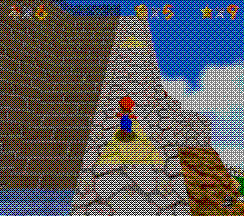 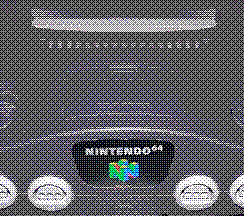 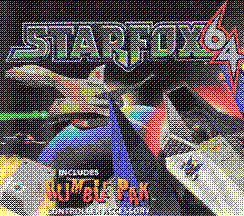 The Revolutionary Super Mario 64 Nintendo 64 Rumble Pak Included With StarFox |
|
In '96, Nintendo jumped back into the limelight with a machine boasting serious power. Leveraging tech from Silicon Graphics, the Nintendo 64 features a custom R4300 processor with a dedicated GPU. Consequently, game creators now have the ability to utilize tricks like smoothing edges, sharpening textures at distance, and improving image clarity - all steadfastly the bechmark for console gaming. Super Mario 64 instantly revealed what the system could do upon its release: Unleash three-dimensional worlds with 360-degrees of control. John Whyte from DMA Design believes Nintendo will triumph because they obsess over specifics; he describes their exclusive games as uniquely well-crafted. "The most thoughtfully designed in the business." The Nintendo system features an incredibly unique controller, one with a centralized analog stick and the option for a vibrating Rumble Pak. All serve to deepen a player's sense of immersiveness and connectivity to his or her games. Nintendo stubbornly held onto their gray cartridges as opposed to compact disc games despite an uproar from developers. Countering complaints of limited storage and a hefty price tag, the Big N ensured quick load times and scratch resistance (as well as pirate-proofing). Consistent concerns from critics may soon be absolved with the advent of the 64DD, which will introduce data disks capable of holding grander adventures, detailed graphics, and, potentially, player creations. For now, with titles like Body Harvest, Star Fox 64, and Mario Kart 64, the N64 has a small yet mighty collection of innovative experiences. |
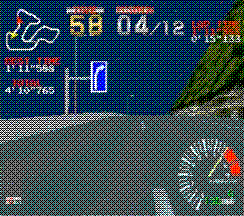 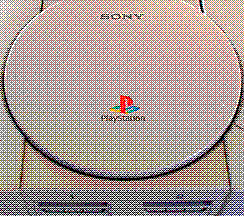 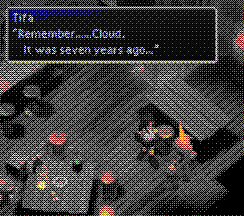 Arcade-Perfect Ridge Racer Sony PlayStation Eye-Popping Final Fantasy VII |
|
Just three years back, Sony's presence in the gaming space was negligible at best. The prospects of a console produced by a television manufacturer raised eyebrows: Who were they to contest industry giants Nintendo and Sega? However, through the use of clever ads, forward-thinking ideas, alongside a slew of hit titles, the Sony PlayStation quickly took over as this generation's dominant console. By '97, over four million PlayStations sold stateside, five million in Japan, and well above two million throughout Europe. This boom didn't just change how we played games; it sparked a novel playerbase - the "PlayStation Generation." Gaming spilled out of arcades and bedrooms into a lifestyle, hobbyist brand. Initially, Sony flourished because of the adaptability of its machines, leading developers to flock to the system in droves. Earthshakers such as Resident Evil, Ridge Racer, and the totally exceptional Final Fantasy VII have cemented its reputation for both technical strength and creative power. When Squaresoft declared FFVII was destined for PS-X, it changed everything; a clear sign CDs were now essential for large-scale game development. PlayStation isn't invincible, though it seems that way for now. Sony's older 32-bit setup feels dated when handling detailed 3D graphical rendering. Still, game makers appreciate how thoroughly they know the PlayStation, a familiar architecture which lets them squeeze out rockstar visuals. Sony remains confident as ever. It has fans worldwide, lots of devoted developers, and a blossoming, creative ecosystem. Hundreds of games in active development mean a steady stream of titles well into 1998, yet the future is never certain. As one programmer put it, the technical drawbacks to PlayStation may prove a sticking point as 64-Bit technology matures, but, at the end of the day, it's gameplay that matters most. |
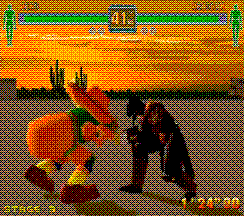 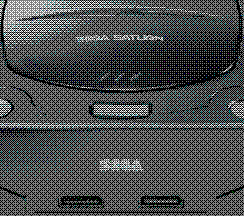 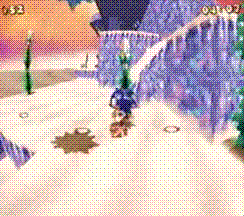 Fighters Megamix Sega Saturn MIA Sonic XTreme |
|
Sega faces an endless stream of hurdles as it struggles to maintain market relevance in the war against the PlayStation shocker and the novel Nintendo 64. Its intricate inner workings are a true double-edged sword for developers - a serious flaw yet also a source of untapped power. Saturn differs greatly from PlayStation on the programmers' front with a deliberately obtuse development kit that promotes low-level code. The idea is that this would lessen the strain on the CPU to allow for stronger visuals - smoother movement, detailed images, striking effects - if programmers really dug into the hardware. Yet getting started on Saturn proved tough, lengthening the learning process alongside project timelines. Developers felt slighted because Sega hadn't shared new tools or tricks - techniques its in-house teams already employed. Consequently, they often wondered why these resources weren't available sooner. Eventually, things did improve. The Sega Graphic Libraries helped speed things up, according to a developer over at Core Design. Whether the console can make a resurgence may hinge on clever programmers unlocking the potential of its intricate components. Take, for instance, the graphics tech behind Virtua Fighter 2. Our team is hearing chatter of an upgrade pack meant to remedy issues of limited memory, textures and transparencies. In theory, this could result in an arcade-perfect translation of Virtua Fighter 3. But with 32X fresh in the rear-view mirror and sales lagging behind the competition, doubts linger whether these improvements will arrive quickly enough to rescue the platform. |

Click the Arrow Blocks to Navigate Through Our Spotlight Features

Or Use Our Menu Window Below
